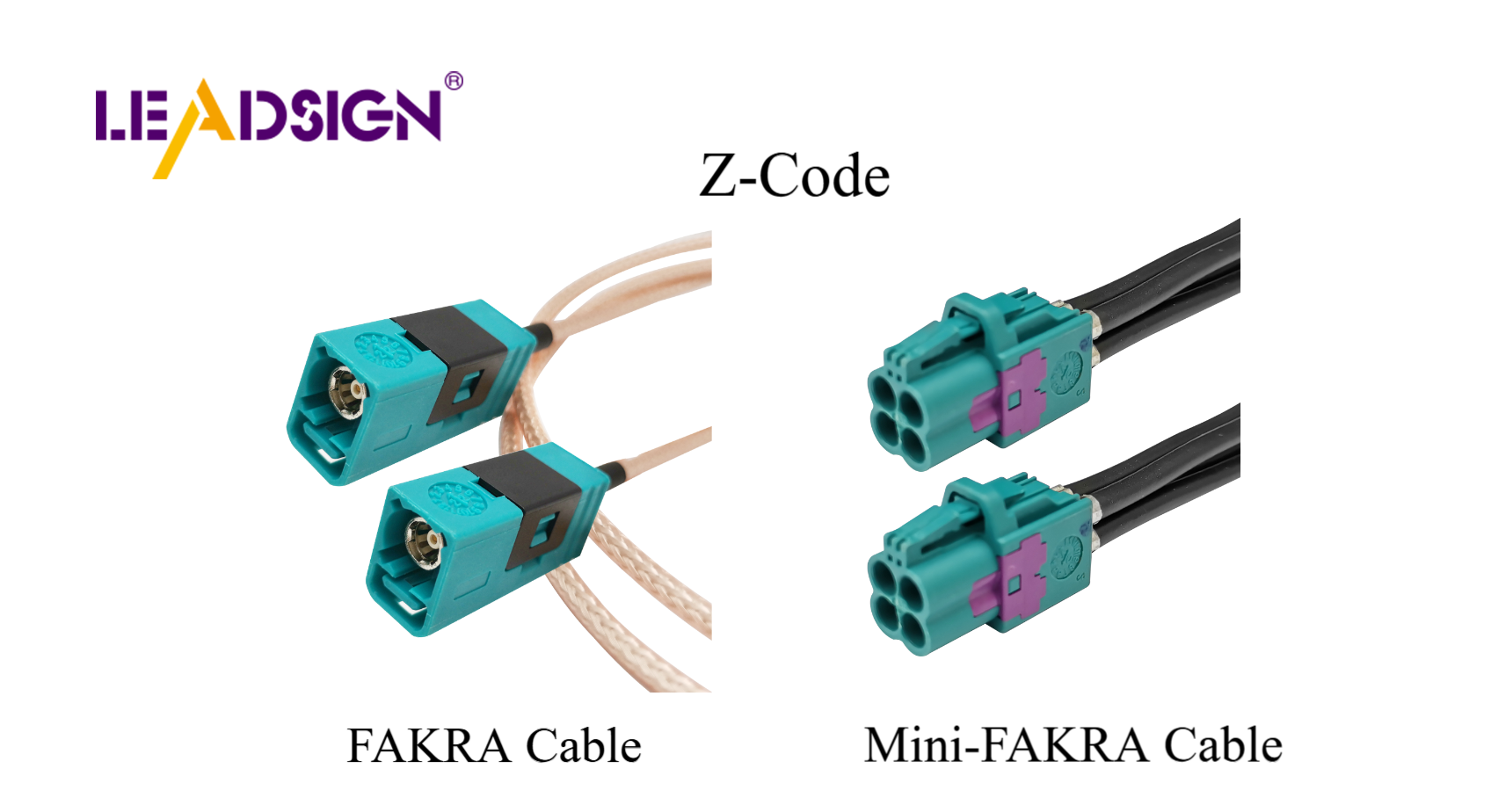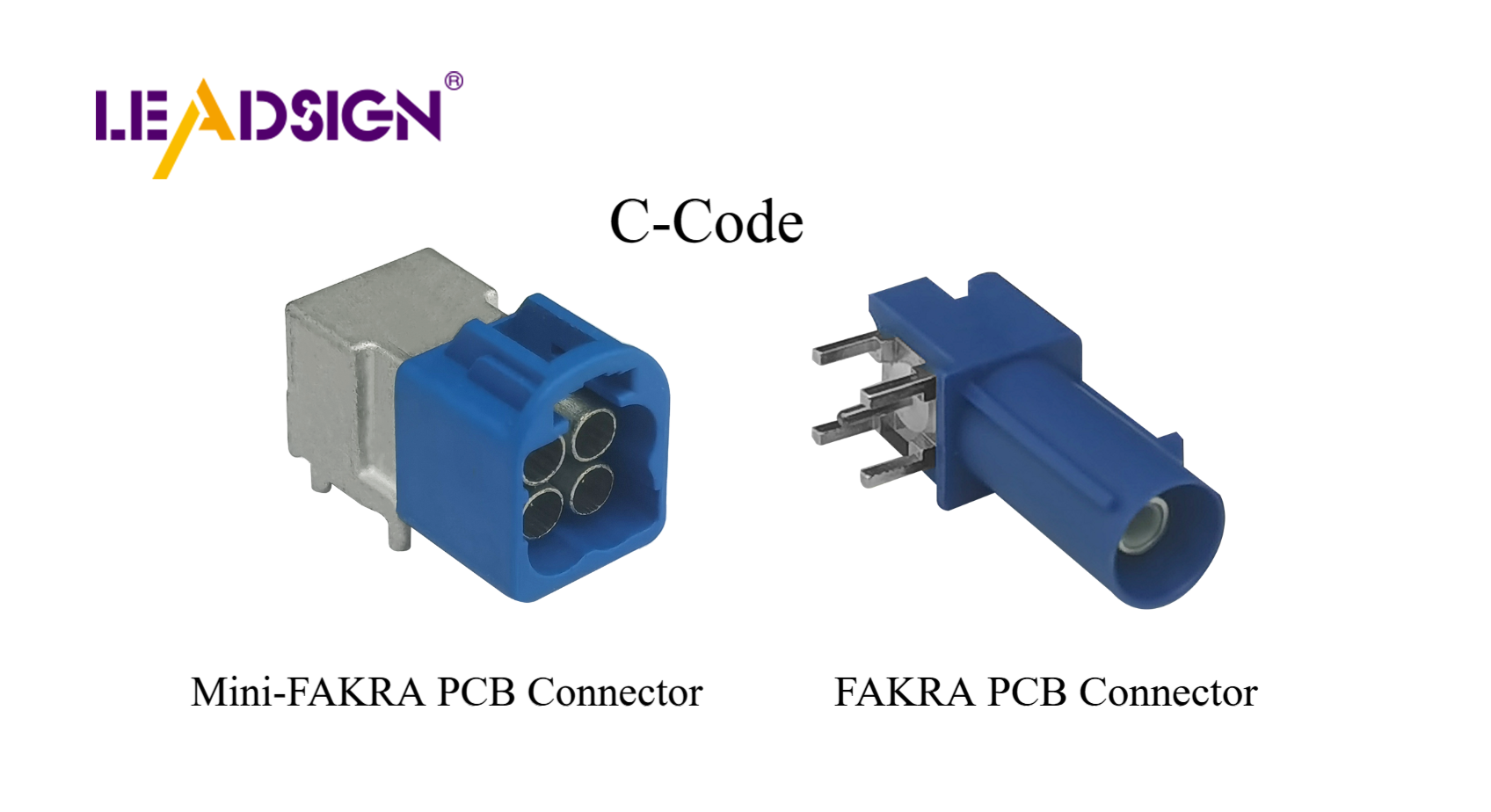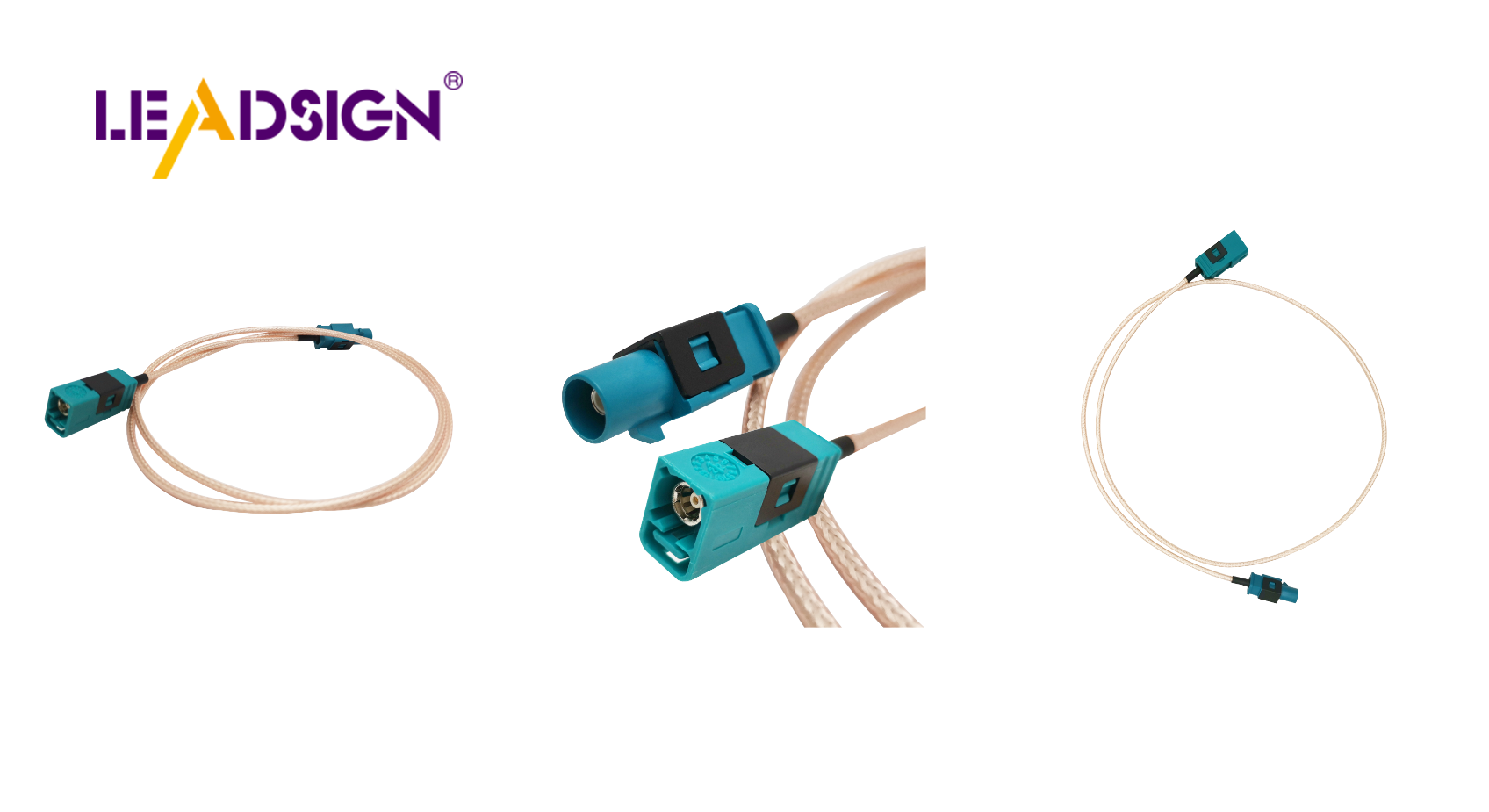FAKRA Connector Types: Breaking Common Myths

FAKRA connector types are often misunderstood. People think they are complex and not interchangeable. These connectors are important in cars. They can handle tough conditions like heat and shaking. They connect high-frequency telematics safely and reliably in vehicles. Knowing different FAKRA connector types helps make smart choices, especially where precision matters most. By clearing up myths, people can see how these connectors help modern tech, from GPS to safety systems.
Understanding FAKRA Connectors

What Are FAKRA Connectors?
Definition and Purpose
FAKRA connectors are important parts in car electronics. They are built on SMB connector tech. These connectors meet tough car industry needs. They work well up to 6 GHz for fast data transfer. The connectors have a plastic cover with a lock that clicks when secure. This makes them reliable and easy to install.
Common Applications
FAKRA connectors are used in many high-frequency telematics jobs. In cars, they link GPS, radios, and infotainment systems. Outside of cars, they help in telecoms, planes, and factories too. They keep signals strong even in tough places where reliability is key.
Importance of FAKRA Connectors in Modern Technology
Automotive Industry
In cars, FAKRA connectors are the go-to for high-frequency links. They handle extreme heat and shaking found in vehicles. They ensure systems like navigation and safety work smoothly. Their strong build fits many cable types, making them popular worldwide.
Telecommunications
FAKRA connectors also help in telecoms outside of cars. They carry RF signals for mobile networks clearly without breaks. Their ability to adjust to different settings suits them for base stations and satellites too. By moving data fast, they boost modern communication systems' efficiency and reliability.
FAKRA Connector Types

FAKRA Type A
Key Specifications
FAKRA Type A connectors are used for high-frequency jobs. They follow German antenna rules to send signals well. These connectors work up to 6 GHz, good for many uses. Their design matches ISO20860-1 and USCAR-18 standards. This keeps them working the same in different places.
Common Uses
FAKRA Type A connectors mainly send radio signals like AM/FM. They're strong and perfect for cars where they need to last. They also help with video and maps in cars, fitting into new vehicles easily.
FAKRA Type B
Key Specifications
FAKRA Type B connectors are like Type A but have some differences. They can have an insulator or air at the end, which changes how they work with others. This lets them be used in special ways while still working up to 6 GHz.
Common Uses
Type B connectors are great for sending exact signals like GPS needs. They fit both car and non-car uses because of their flexible design. These keep connections steady where signal strength is very important.
FAKRA Type C
Key Specifications
FAKRA Type C connectors stick to strict rules too, making sure they fit well and work right. They handle up to 6 GHz just like Types A and B do. Their build focuses on staying strong in tough spots, keeping safety first.
Common Uses
Type C connectors are often found in car entertainment systems and mobile talks. They manage high-frequency signals well, helping new tech fit into cars smoothly. They're also used in Bluetooth and WLAN jobs across many fields.
FAKRA Type D
Key Specifications
FAKRA Type D connectors are special for high-frequency tasks. They are strong and last long in tough places. These work well up to 6 GHz, good for many uses. Their design follows important rules to work the same everywhere.
Common Uses
Type D connectors are used in cars and other places. They help send signals clearly where it's really needed. In cars, they help with smart driving tools and talking systems. Outside of cars, they are used in planes and factories for safe data sending.
Clearing Up Myths About FAKRA Connectors
Myth: All FAKRA Connectors Are the Same
Explanation and Facts
Some think all FAKRA connector types can be used interchangeably. This is wrong. Each type has its own design and job. They have special color-coded covers. These colors show the connector type to avoid mistakes. Engineers made these connectors for certain standards in cars. They ensure exact connections in car systems. Using them wrong can cause bad performance or failure. So, knowing each type's features is important for correct use.
Myth: FAKRA Connectors Are Just for Cars
Explanation and Facts
Though FAKRA connectors are common in cars, they aren't just for that. Their strong build suits many high-frequency jobs. These include telecoms, planes, and factories too. The connectors work well where signal strength matters most. They handle tough conditions, making them useful in many areas besides cars.
Myth: FAKRA Connectors Are Hard to Install
Explanation and Facts
Some people think installing FAKRA connectors is hard work. Actually, their design makes it easy to install them. The connectors have a lock system that keeps connections secure. This stops accidental disconnections from happening. Color-coded covers help with quick setup and right assembly too. These features make them easy to use, even for beginners.
FAKRA connectors are important in cars and other high-frequency jobs. They make sure signals stay strong, following strict industry rules. Knowing the different types helps people choose wisely.
Engineers say, "In cars, FAKRA connectors keep signals clear. Their design stops problems, so talking stays good."
Clearing up myths about FAKRA connectors helps people learn right. People should find exact info to use these connectors well in many places.
See Also
Exploring Fakra Connectors: An In-Depth Overview
In-Depth Insights on Male Fakra Connectors
Fakra Connectors Explained: Types, Uses, and Fundamentals

